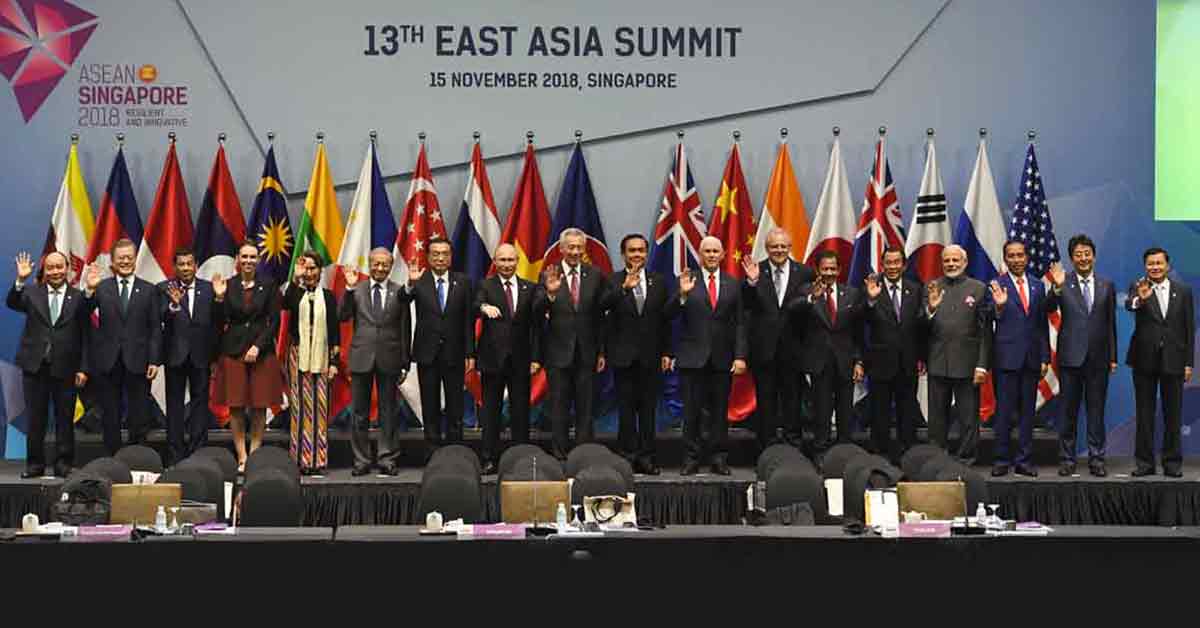2019 was a whirlwind of a year for Southeast Asia. The region experienced tragedies, achievements and faced many challenges in between.
To commemorate the year as it draws to a close, The ASEAN Post would like to take readers on a journey to revisit key events and happenings in this region throughout 2019.
July
In July, Myanmar’s U Win Naing Tun got in hot water after the statement that “traffickers target youths who have bad reputations or low moral character more than youths who don’t understand.” The Ministry of Social Welfare, Relief and Resettlement Director General made the statement in an event organised with the aim of helping trafficked rape victims.
Most human trafficking in Myanmar involves the selling of women as brides to China.
Naing Tun’s words seem, at least at first glance, to have a tinge of victim-blaming in them. Especially as he went on to explain that unlike youth of “low moral character”, other youths could testify against their human traffickers in court, “so they avoid them”.
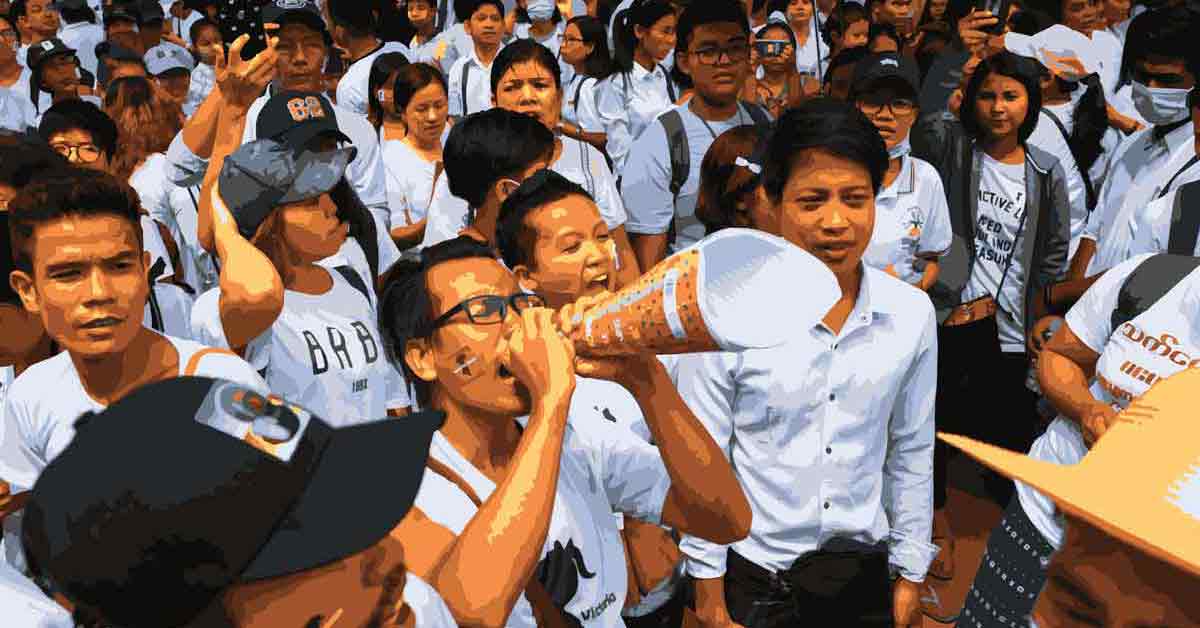
August
In August, Malaysia was shocked with news that the naked body of a vulnerable Franco-Irish teen who disappeared from a Malaysian resort was found in a jungle ravine 10 days after she went missing. She disappeared from the Dusun Resort on 4 August, a day after checking in for a holiday with her London-based family.
A helicopter winched the body out of the rainforest and transported it to hospital, the parents of missing 15-year-old Nora Quoirin later identified her.

September
A string of divisive reforms passed this year erupted a nationwide protest that led to clashes in Indonesia’s capital in September. Over 500 people were arrested - mostly students - in Jakarta's sprawling downtown core.
The arrests came after a night of pitched street battles between riot police and stone-throwing protesters. The reforms include the banning of pre-marital sex and weakening of the anti-graft agency.
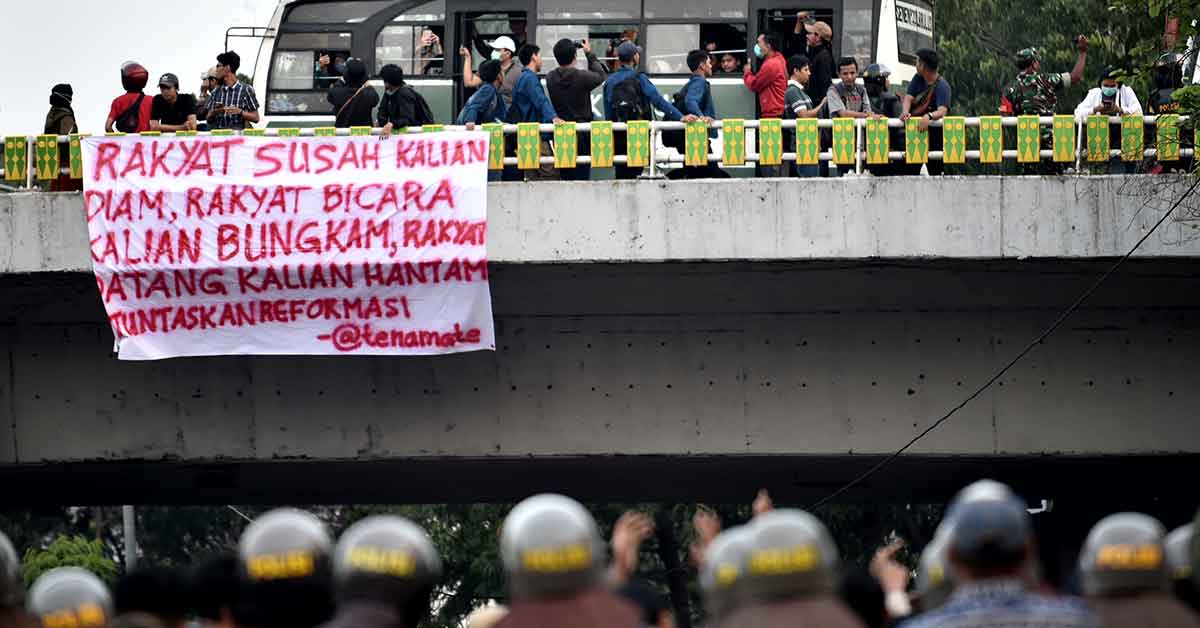
October
In October, the United States (US) Department of Labor provided findings that revealed the prevalence of child labour, where 7.5 percent of Filipinos aged five to 14 were found working in 2018, this equated to 1,549,677 children.
The other, even darker side to the story came from Australian Federal Police (AFP), which reported five alleged victims of online child sexual abuse and four "at-risk" children had been rescued in the Philippines. The teenage girls aged between 14 to 17 were saved by local police on the first day of a two-day operation in the island province of Biliran.
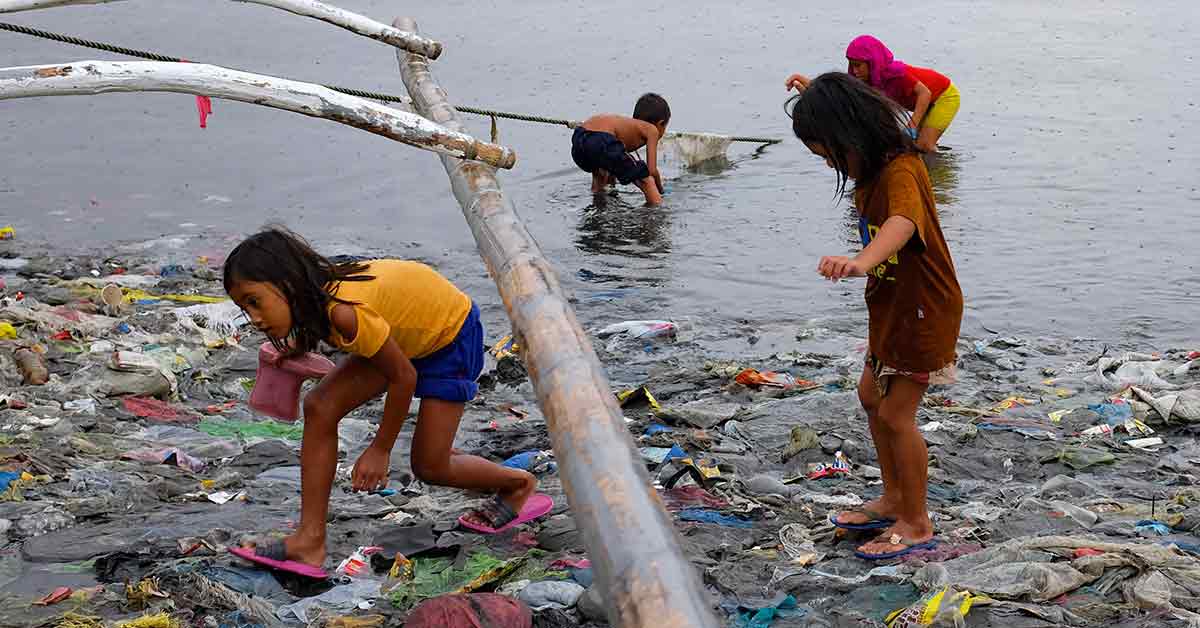
November
The following month, families were stricken with grief in Vietnam when 39 Vietnamese people were found dead in a truck in Britain. Most of the victims came from just a handful of central provinces in Vietnam, where incomes sag beneath the national average and many people work as fishermen, farmers or factory workers.
The tragedy shone a grim light on the dangers of illegal migration into Britain, a top spot for many young Vietnamese hoping for better lives. All 31 men and eight women found dead in a refrigerated trailer in Essex last month were Vietnamese, many from small towns in central Vietnam.
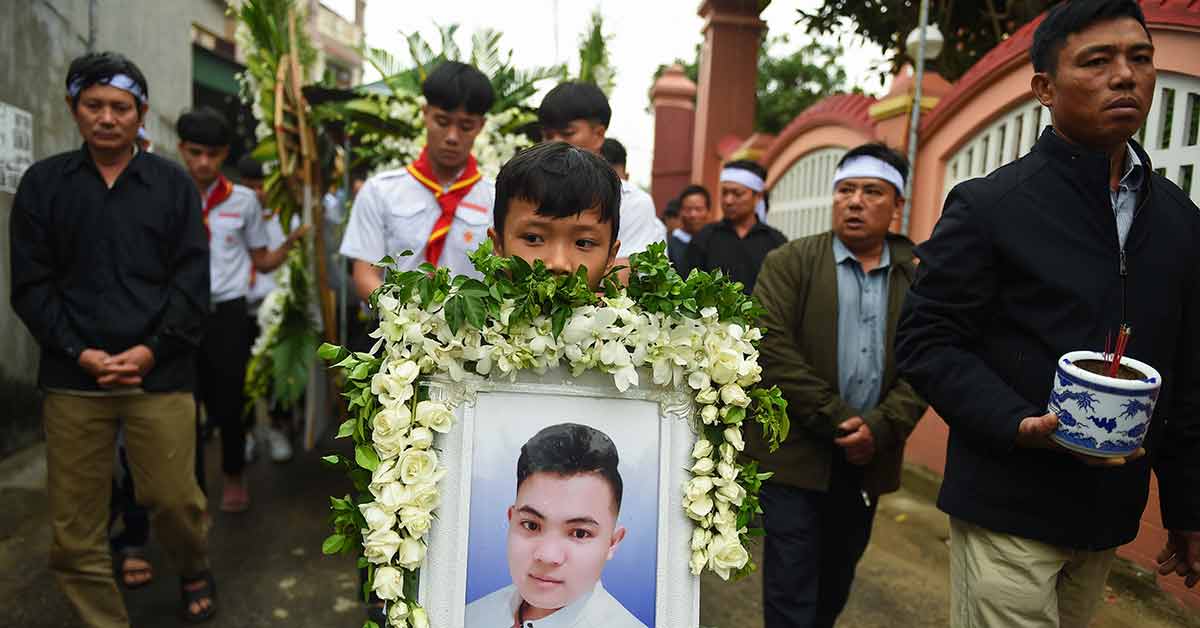
December
Just last month, police said six people were missing as the typhoon leapt from one small island to another for the second day - crumpling houses, toppling trees and blacking out cities and towns, including in popular resorts like Boracay.
At the height of the festive season on Wednesday, tens of thousands were stranded at shuttered ports or evacuation centres while the rest of the region's population cowered in rain-soaked homes.
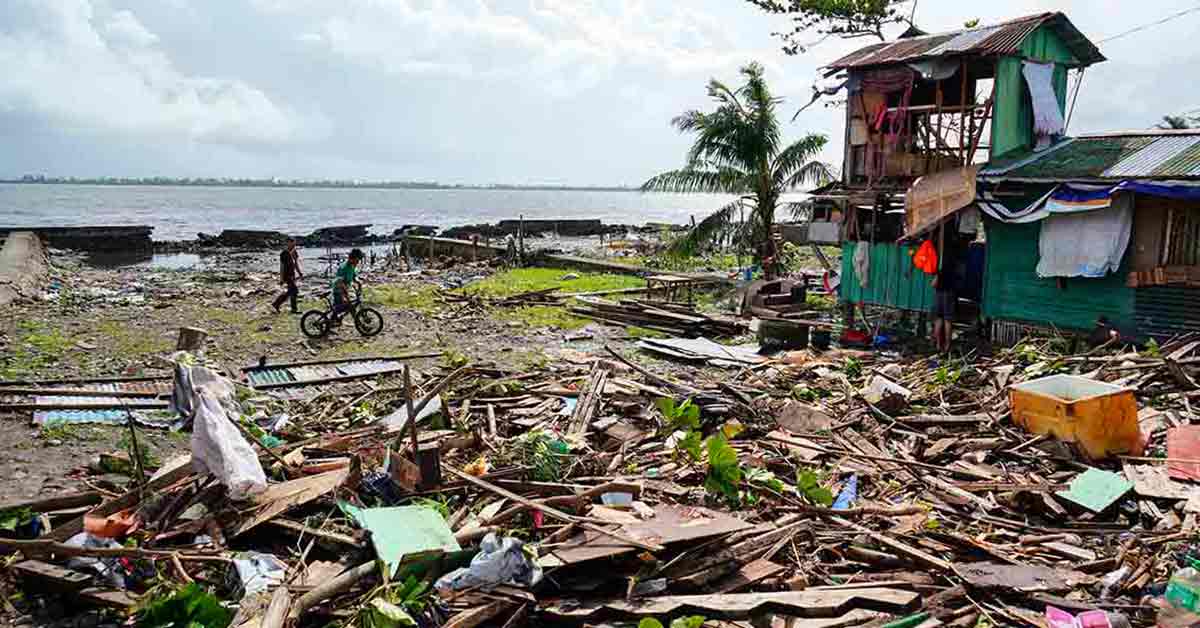
Those were among the major happenings in the Southeast Asian region throughout the second half of the year. Here's to hoping that 2020 brings with it more reason for ASEAN to celebrate and that the worst of 2019 stays behind us. Happy New Year from all of us at The ASEAN Post!
Related articles:
